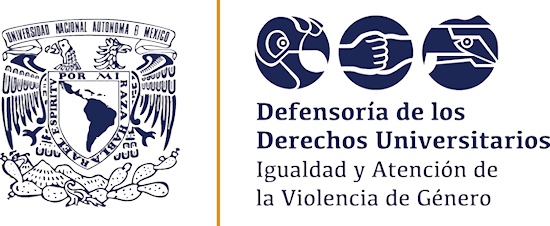Latest publication
A targeted radio survey of infrared-selected bow shock candidates
Moutzouri, M.; Mackey, J.; Castro, N.; Gong, Y.; Jiménez-Hernández, P.; Toalá, J. A.; Burger-Scheidlin, C.; Rugel, M.; Carrasco-González, C.; Brose, R.; Menten, K. M.
2025/12, Astronomy and Astrophysics, 704, A268






























